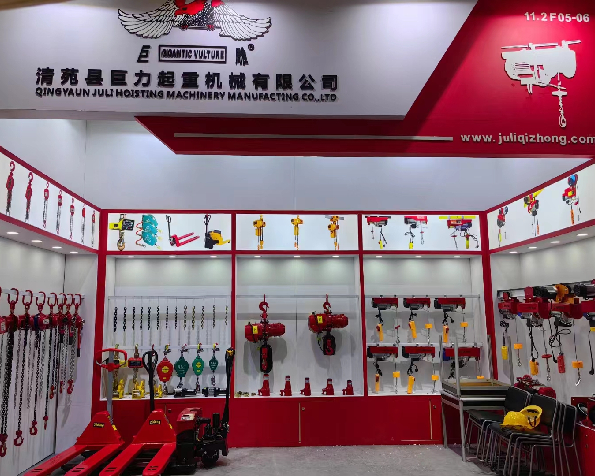


Understanding Rigging, Chain, and Blocks in Heavy Lifting Operations
In the world of heavy lifting and construction, the terms rigging, chain, and block play pivotal roles in ensuring safety, efficiency, and effectiveness. Understanding these concepts is crucial for professionals involved in operations that require the lifting and movement of heavy loads.
Understanding Rigging, Chain, and Blocks in Heavy Lifting Operations
Chains, particularly chain slings, are an essential component of rigging. They are made from high-strength steel links and are designed to provide durability and strength when lifting heavy loads. Chain slings are favored for their ability to handle significant weight and their resistance to wear and tear. They are versatile and can be used in various lifting configurations, including vertical, basket, and choker hitches. However, safety is paramount when using chain slings; they must be inspected regularly for signs of damage or wear, and proper load limits should always be adhered to.

In addition to chains, blocks play a critical role in lifting operations. Blocks, such as block and tackle systems, utilize pulleys and rope or chain to reduce the amount of force needed to lift a load. By distributing the weight across multiple pulleys, the mechanical advantage allows one or two workers to lift extremely heavy items with relative ease. Blocks can be fixed or movable, providing flexibility in various lifting scenarios. When using blocks, it is vital to select the right type of block for the job, considering factors such as load capacity and the height from which items must be lifted.
The combination of rigging, chains, and blocks represents a powerful toolkit for lifting and moving large objects. However, with great power comes great responsibility. Ensuring that all equipment is rated for the load it will carry, is maintained in good condition, and is used correctly is essential in preventing accidents.
Training and certification in rigging practices are highly recommended for anyone involved in these operations. Workers must understand the fundamentals of load dynamics, proper rigging techniques, and the importance of communication during lifting operations. By fostering a culture of safety, businesses can minimize risks and create a more efficient work environment.
In conclusion, the interplay of rigging, chains, and blocks is integral to the success of heavy lifting operations. Mastery of these components not only enhances operational efficiency but also ensures the safety of all personnel involved. Whether you are a seasoned professional or new to the field, understanding these key elements will help you navigate the complexities of lifting heavy loads with confidence and expertise.



